Grüner Veltliner
Literally "green Valtellina", grüner veltliner can be considered the Austrian national white grape variety, with over 30% of the total vine population. A very versatile grape, it lends itself both to classic Central European white vinification, that is, with a slightly late harvest, and as a "modern" dry white, as well as botrytised, especially in the well-known lake areas of eastern Austria. Of characteristic natural spice, grüner veltliner expresses notes of pepper, hazelnut, with hints of smoky, balsamic, vegetable, resinous and candied fruit depending on the terroir. Today it is especially popular in Niederösterreich and northern Burgenland, where it benefits from the characteristic löss, a wind sediment that makes the grapes of this variety give their best. Also widespread in Germany and locally in Hungary, it is also found in the most-northern part of Italy: it reaches the highest levels in Alto Adige, while expressing greater roundness and a Mediterranean identity.
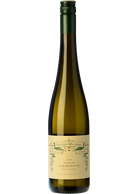
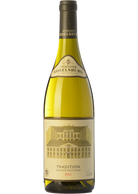
Schloss Gobelsburg Grüner Veltliner Tradition 2016
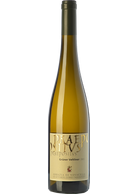
Abbazia di Novacella Grüner Veltliner Præpos. 2018
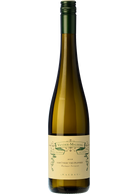
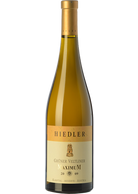

Schlosskell. Gobelsburg Grüner Veltliner Löss 2022
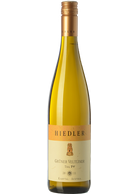
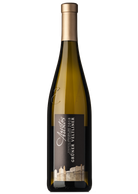
Cantina Valle Isarco Grüner Veltliner Aristos 2020

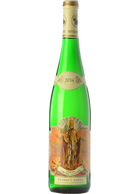


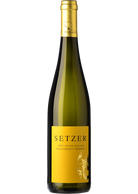

Schloss Gobelsburg Grüner Veltliner TBA 2015 (0.37 L)
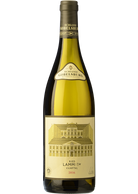
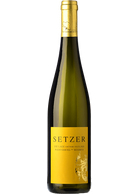
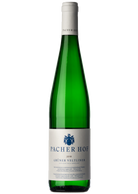
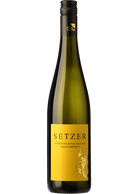
Grüner Veltliner
Literally "green Valtellina", grüner veltliner can be considered the Austrian national white grape variety, with over 30% of the total vine population. A very versatile grape, it lends itself both to classic Central European white vinification, that is, with a slightly late harvest, and as a "modern" dry white, as well as botrytised, especially in the well-known lake areas of eastern Austria. Of characteristic natural spice, grüner veltliner expresses notes of pepper, hazelnut, with hints of smoky, balsamic, vegetable, resinous and candied fruit depending on the terroir. Today it is especially popular in Niederösterreich and northern Burgenland, where it benefits from the characteristic löss, a wind sediment that makes the grapes of this variety give their best. Also widespread in Germany and locally in Hungary, it is also found in the most-northern part of Italy: it reaches the highest levels in Alto Adige, while expressing greater roundness and a Mediterranean identity.

